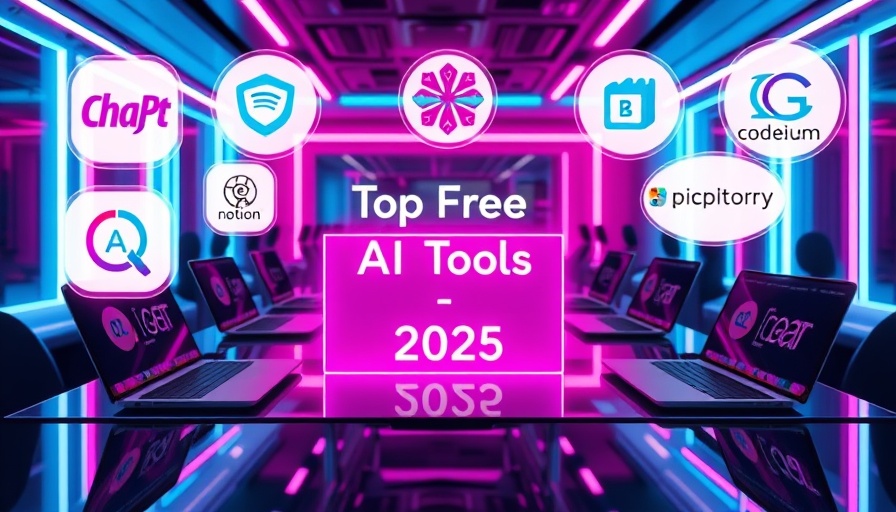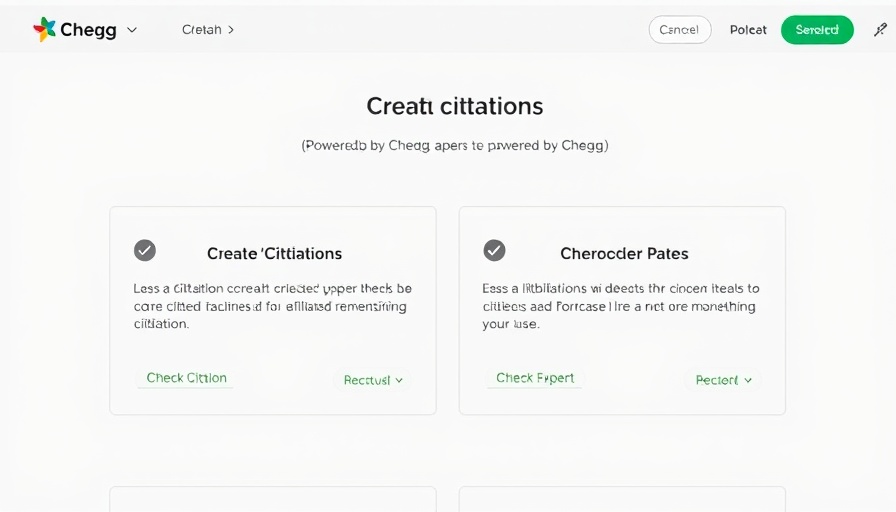
Understanding the Evolution of AI in Visual Reasoning
Artificial Intelligence (AI) has significantly transformed the way we interact with technology, particularly in visual reasoning tasks. This encompasses a variety of applications like medical diagnostics, where AI assists in identifying conditions from images, to solving complex puzzles that require logical interpretation. Traditional models have been quite effective in object recognition but struggle when the challenge extends beyond mere identification, particularly in nuanced or unfamiliar scenarios. Researchers in this field have identified a challenge: many AI systems are rigid and unable to adapt their strategies for diversified visual tasks.
The Limitations of Current AI Solutions
Current AI models often rely on fixed toolsets, which restricts their creativity and flexibility. Previous systems like Visual ChatGPT and HuggingGPT, while innovative, do not allow for dynamic adaptation during tasks, as they follow predefined workflows. This inflexibility hinders their effectiveness, especially in domains requiring multi-turn reasoning.
Introducing PyVision: The Game Changer
A breakthrough in this field is the introduction of PyVision, a framework designed to allow large multimodal language models (MLLMs) to create and adapt Python tools on-the-fly. Developed collaboratively by teams from Shanghai AI Lab, Rice University, CUHK, NUS, and SII, PyVision employs Python as its core language, offering a significantly improved user experience. Its ability to create tools dynamically in a multi-turn loop enables it to rethink and refine its approach mid-task, which is a game-changer for visual reasoning.
How PyVision Works: A Step-by-Step Overview
The PyVision framework operates by receiving user queries and visual inputs, after which it generates Python code to address the problem. This code is executed in an isolated environment, and the results—be they textual, visual, or numerical—are sent back to the model. With this feedback, PyVision can revise its code and plan iteratively, maintaining state and allowing for deeper reasoning across interactions.
Quantitative Success: Validation of Effectiveness
The effectiveness of PyVision is evidenced by quantitative benchmarks. Notably, on the visual search benchmark V*, it enhanced GPT-4.1's accuracy from 68.1% to 75.9%. Furthermore, Claude-4.0-Sonnet exhibited a marked improvement from 48.1% to 79.2% on the symbolic visual reasoning benchmark, illustrating that PyVision adds substantial value in practical applications. These figures are transformative in understanding how AI can tackle visual reasoning tasks with much greater efficacy.
The Future of AI-Powered Visual Reasoning
With the rise of frameworks like PyVision, the future looks optimistic for AI applications across various fields. As AI systems grow increasingly capable of dynamic reasoning and problem-solving, we may see enhancements in areas ranging from education to healthcare, where precision and adaptability are crucial.
In conclusion, the innovation of AI frameworks like PyVision paves the way to a future where AI does not merely assist but enhances decision-making processes in visual reasoning dramatically. This technology is set to redefine our interaction with AI and provide smarter solutions adapted to individual user needs.
Consider leveraging these advanced tools to bypass AI detection challenges and maximize your potential in this ever-evolving landscape. For more information, explore Prompt2Human.
 Add Row
Add Row  Add
Add 




Write A Comment